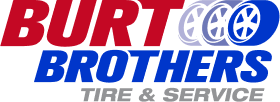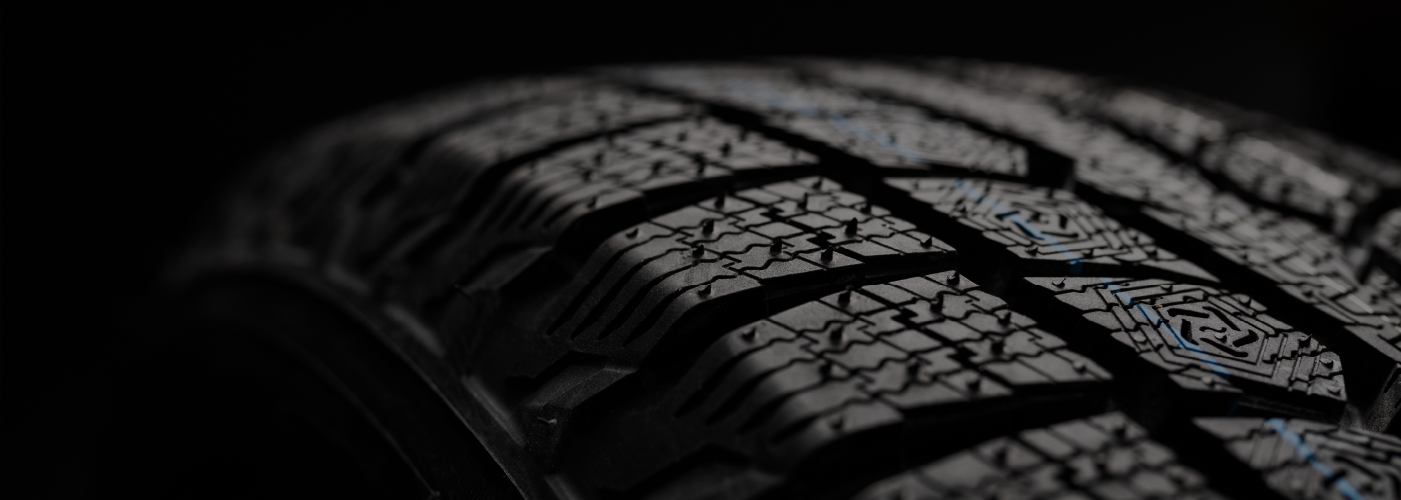When it comes to your car, choosing the right set of tires can make all the difference in your driving experience, safety, and even your wallet. Tires aren’t just rubber circles—they’re what connect you to the road, absorb shocks, and keep you in control. But with so many types available, one question often comes up: should you go with run-flat tires or stick with standard tires?
The decision isn’t just about cost—it’s about safety, convenience, and how you use your vehicle day to day. Run-flat tires promise peace of mind in emergencies, while standard tires offer comfort and affordability.
What Are Run-Flat Tires?
Run-flat tires are specially designed to keep you moving even after a puncture or blowout. Unlike standard tires, which deflate immediately when damaged, run-flats have reinforced sidewalls or support-ring systems that can carry the weight of your vehicle for a limited distance.
- How They Work: Most run-flat tires use a self-supporting system, meaning their sidewalls are much stronger than traditional tires. This allows you to drive 50 to 100 miles after a puncture, usually at speeds up to 50 mph, so you can safely reach a repair shop.
- Common Use Cases: Run-flat tires are popular on luxury vehicles like BMW, Lexus, and Mercedes-Benz, as well as on some SUVs and crossovers. They’re especially convenient for city drivers who don’t want to worry about changing a flat on a busy road.
Run-flats essentially act as built-in emergency protection, but that convenience comes with trade-offs.
What Are Standard Tires?
Standard tires, sometimes called conventional tires, are what most drivers are familiar with. They’re built with flexible sidewalls and designed to provide a cushioned, comfortable ride.
- How They Work: Standard tires lose air immediately when punctured, which means you’ll need to either pull over and change to a spare or call for roadside assistance.
- Common Use Cases: Standard tires are found on most vehicles, from economy cars to trucks and performance vehicles. They’re especially useful in rural or long-distance driving where tire shops may not be close by, and having a repairable tire is an advantage.
While they don’t offer the built-in safety net of run-flats, standard tires are affordable, widely available, and often provide a smoother ride.
Comparison Table: Run-Flat Tires vs. Standard Tires
| Feature | Run-Flat Tires | Standard Tires |
| Flat Protection | Can drive 50–100 miles after puncture | Immediate loss of air, needs spare |
| Ride Comfort | Firmer, less cushioned | Softer, smoother ride |
| Cost | Higher upfront cost | Lower cost |
| Availability | Limited models and sizes | Widely available |
| Repairability | Often non-repairable | Usually repairable |
| Weight | Heavier due to reinforced design | Lighter |
Pros and Cons of Run-Flat Tires
✅ Pros:
- No Spare Needed: Run-flats eliminate the need for a spare tire, freeing up trunk space.
- Safety: You maintain control during a blowout, reducing the risk of accidents.
- Convenience: No need to pull over immediately—you can drive to a safe location or service center like Burt Brothers.
❌ Cons:
- Ride Comfort: Stiffer sidewalls mean a firmer, sometimes harsher ride.
- Cost: More expensive than standard tires, both to buy and to replace.
- Repair Limitations: Many run-flats can’t be patched after damage, requiring a full replacement.
Pros and Cons of Standard Tires
✅ Pros:
- Comfort: Standard tires offer a smoother, more cushioned ride.
- Affordability: Lower purchase price and replacement cost.
- Repairable: In many cases, punctures can be patched or plugged, extending tire life.
- Variety: Available in a wider range of sizes and styles for different vehicles.
❌ Cons:
- Immediate Deflation: A puncture often leaves you stranded without a usable spare.
- Extra Equipment: Requires carrying a spare tire or emergency repair kit, which takes up trunk space.
- Safety Risk: Blowouts can be more dangerous, especially at highway speeds.
Which Tire Type Is Right for You?
The choice between run-flat and standard tires isn’t one-size-fits-all—it depends on your driving habits, vehicle type, and budget.
- Driving Habits:
- If you mostly commute in the city or suburbs, run-flats offer convenience and peace of mind.
- If you often drive long distances, especially in rural areas, standard tires may be better since they’re easier to repair.
- Vehicle Type:
- Luxury and performance vehicles often come with run-flat tires from the factory.
- Pickup trucks, SUVs, and everyday sedans generally do well with standard tires.
- Road Conditions & Climate:
- If you live where winter driving is common, standard tires with proper seasonal replacements (like winter tires) may give you better traction.
- Run-flats are less flexible in extreme weather.
- Budget:
- Standard tires are easier on your wallet both initially and over time.
- Run-flats may save you the cost of roadside assistance, but replacements are pricier.
Expert Tips for Tire Selection
When choosing between run-flat and standard tires, keep these tips in mind:
- Check Compatibility: Not all vehicles are designed to handle run-flat tires. Always consult your owner’s manual.
- Know Your Ratings: Pay attention to speed ratings and load indexes so your tires match your driving needs.
- Warranty Matters: Ask about manufacturer and store warranties—Burt Brothers offers competitive tire warranties that protect your investment.
- Seasonal Needs: Consider switching to winter or all-season tires depending on your climate. Burt Brothers carries a full range of options to match your driving conditions.
- Consult the Experts: A trusted tire professional can help you balance performance, safety, and cost.
Conclusion
Both run-flat and standard tires come with unique advantages. Run-flats are all about convenience and safety during emergencies, while standard tires provide comfort, affordability, and versatility.
The right choice depends on your lifestyle, driving habits, and vehicle type. If you prioritize peace of mind and live in urban areas, run-flats could be worth the investment. If comfort, cost, and flexibility are your top priorities, standard tires may be the better fit.
At Burt Brothers Tire & Service, we understand that the right tires aren’t just about getting from point A to point B. They’re about keeping your family safe, your car performing at its best, and your budget in check. With expert advice, a wide selection of both run-flat and standard tires, and professional installation, we’ll help you choose the option that fits your needs.
Need new tires? Visit your nearest Burt Brothers location or browse our tire selection online today.




